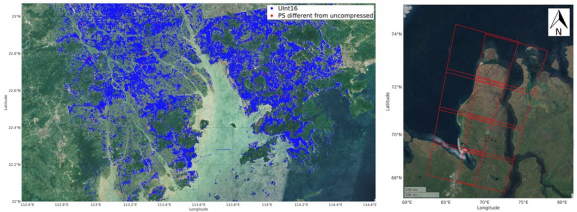 HKU Department of Earth Science
HKU Department of Earth Science
Seminar

Differentiating pingos from similar – yet explosive! – gas emission craters via interferometry of synthetic aperture radar
-
Date
May 3,2022
-
Time
4:00PM - 4:30PM
-
Venue
Zoom only
-
Speaker
Miss YIP Man Wai Department of Earth Sciences, University of Hong Kong
Permafrost areas in the Arctic are destabilizing due to rising temperatures associated with global climate change. Dramatic expressions of permafrost destabilization are newly formed Gas Emission Craters (GECs), which have been found in the Yamal Peninsula of Siberia. Unlike ice-cored conical hills called pingos, predecessors of GECs form craters via explosions at the Earth surface, likely when subsurface gas pressure exceeds overburden pressure. Distinguishing predecessors of GECs from the non-explosive pingos could potentially provide early warning to explosion events and establish a systematic catalogue for identifying different types of pingo-like features in the region.
Interferometry of Synthetic Aperture Radar (InSAR) will be used in this study to characterize and thereby differentiate GECs versus pingos. This involves processing interferograms and developing deformation time-series maps across broad Arctic regions, which in turn poses a technical challenge: limited storage space for the bulk processing of high-resolution SAR imagery. To meet this challenge, a Julia package for calculating interferograms and selecting stable pixel candidates from compressed data is in development, and has been tested in the Pearl River Delta region. This work shows that compression of SAR imagery to one-fourth of original size preserves sufficient information for robust time-series processing. This approach will be applied to process SAR images across a broad swath of the Arctic, permitting discrimination of pingo vs. GEC growth patterns.
Additional information: Miss YIP Man Wai Michelle, myip003@hku.hk
